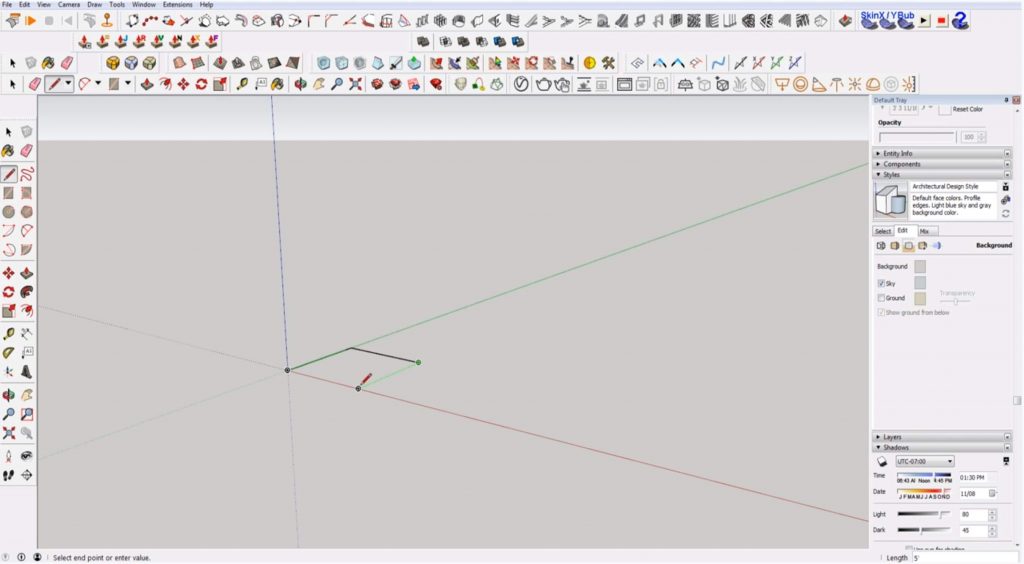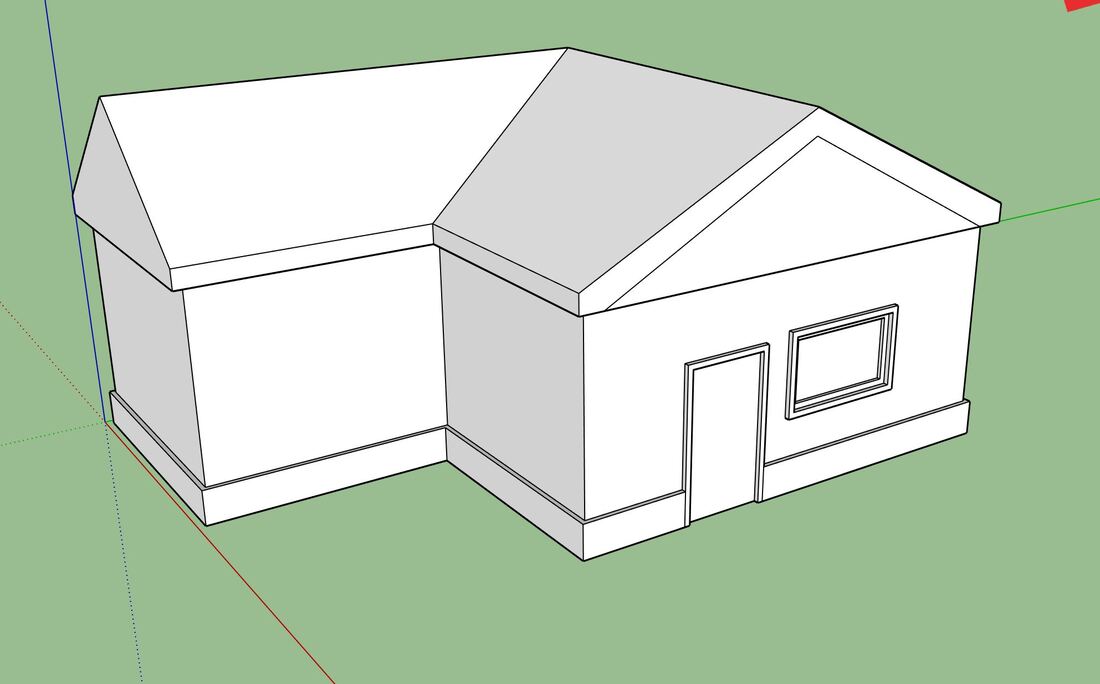

Here you can choose what type of shape you want to draw (circle, rectangle, or polygon). You will notice an arrow next to it, and when you click on this arrow a drop-down option will appear. To begin using this tool, first hover your cursor over the icon. As the name indicates, this tool allows you to draw shapes, which you could use to build your 3D model. This tool’s icon will be either a rectangle, circle, or polygon, with a red line crossing it diagonally. To begin the actual modeling process, you will first need to use the shapes tool. Freehand lines enable you to use your mouse like a traditional pencil, to create designs and even write. When you are happy with your line, release the right mouse button and your line will be complete. When drawing freehand lines, you must continually hold down the right mouse button, until you are content with the length and shape of your line. Unlike the traditional lines, freehand lines are not straight, as they are made using many plot points. Through the line tool you could create unique shapes, which will add to the beauty and individuality of your model. When you are happy with the length, right click again to create the second and final plot point. After you created the initial plot point, pull your line out to the desired length by moving your cursor. Once you have done so, take your cursor and right click once on the virtual plane. To create a traditional line, first select the line icon from the toolbar. With 'freehand' you draw a custom, non-straight line between multiple points. Next to this icon is an arrow which, when pressed, provides two dropdown items: 'Line' and 'Freehand.' With 'line' you can draw a straight arc between two set points. Go to the toolbar and select the pencil shaped icon. The line tool allows you to draw 2 dimensional shapes.

All selected items will be highlighted in blue. You can now double click on additional items to 'add' them to your selection. A +/- symbol will appear next to your cursor. Once you have done so, press and hold Ctrl on your keyboard. You can also select multiple items by dragging a box around your desired items. Your model will be highlighted in blue when selected. Once your cursor has turned into a black arrow, you can then select an object in your model and manipulate it. This tool is used to select a single item or a set of items in your model, which is necessary to move, scale, or rotate it.įirst select the tool's icon on the toolbar. It's on the far-left corner of the toolbar, and has the appearance of a black mouse cursor. The select tool is the first item you will encounter on the SketchUp toolbar and is one of the most frequently use. Zoom Cloud Recordings & YuJa Media Management.

#Sketchup pro beginner tutorial upgrade#
#Sketchup pro beginner tutorial how to#
Start Your Research Learn how to use library resources.Sign In from Off-Campus Access books, articles, and other online materials from off-campus.Cite Your Sources Get help with citation basics.Get Research Help Contact the library with your questions.Recommended Resources Find the best databases for your classes.



 0 kommentar(er)
0 kommentar(er)
